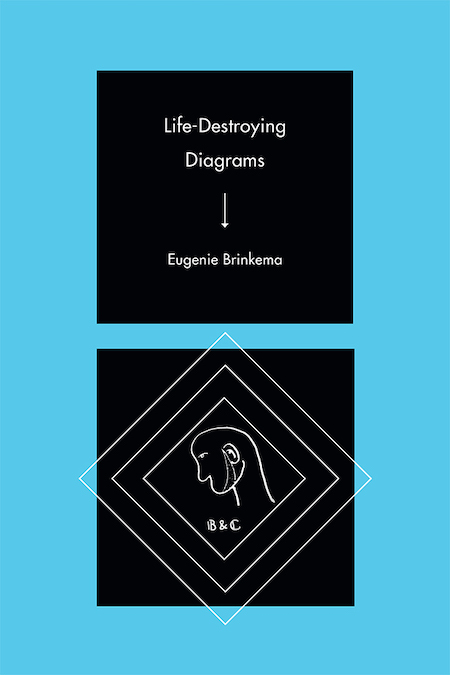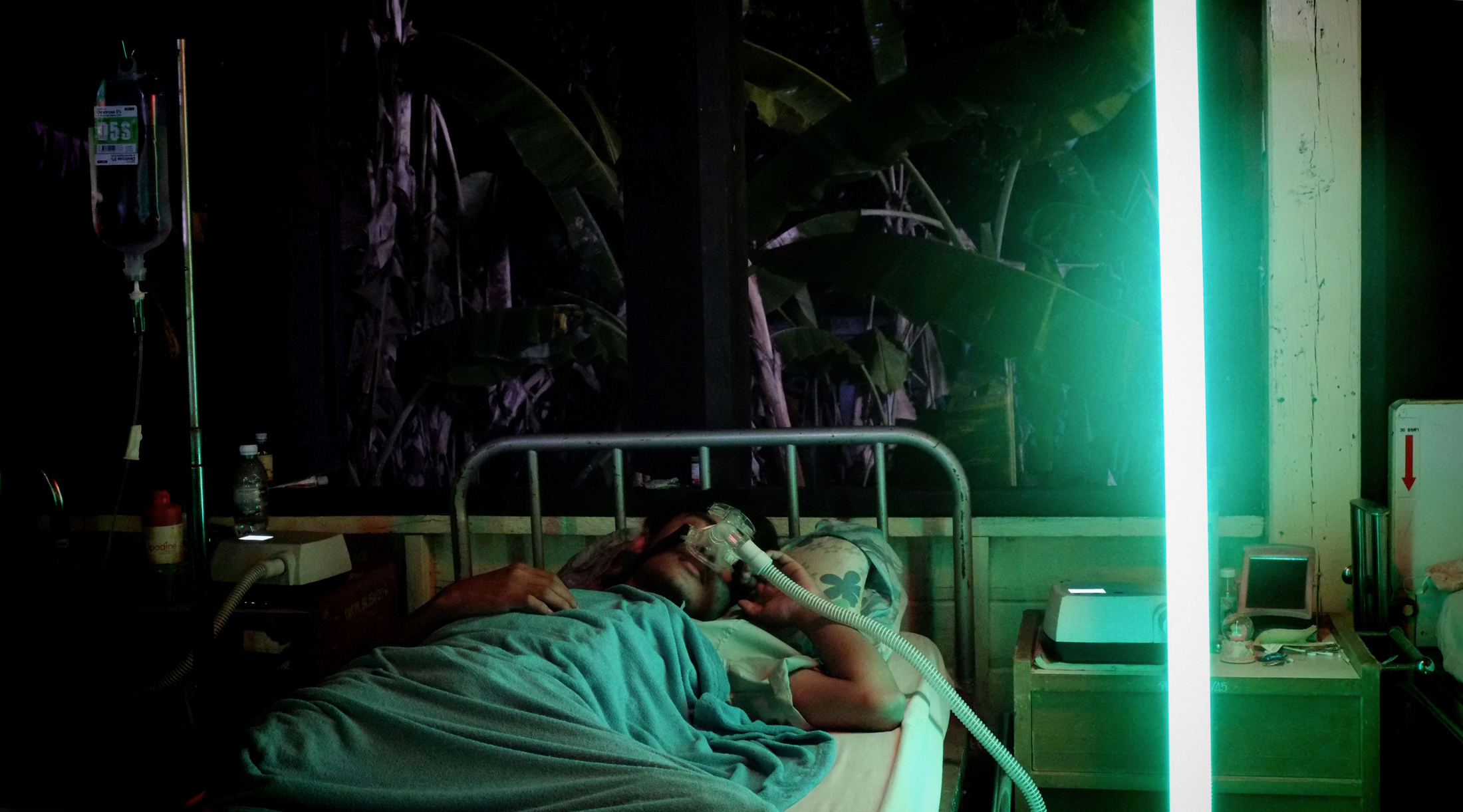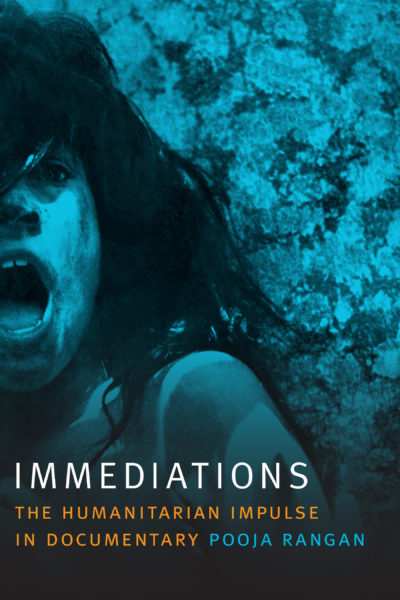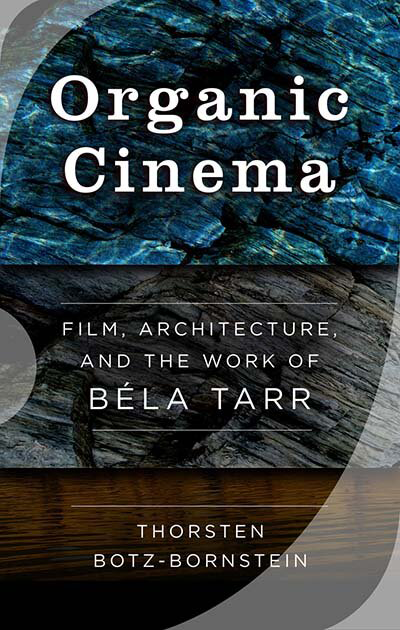Life-Destroying Diagrams
Reviewed by Jacob Carter, University of Rochester Eugenie Brinkema. Life-Destroying Diagrams. Durham: Duke University Press, 2022. 470 pages. Throughout Eugenie Brinkema’s Life-Destroying Diagrams, form is described as infinite, boundless, and generative. Across intensive close readings of contemporary cinema, with a particular focus on films classified as horror, Brinkema argues that death and violence are not only represented through genre tropes or narrative beats. They are also produced at the level of form, presented through distinct arrangements of light, color, rhythm, and shape. Brinkema describes such arrangements as infinite, as there is no limit to how these formal elements will appear and relate to one another. For Brinkema, violence is what arises when form encounters the limitations of its own material. For example, a human body, which is subject to numerous bloody encounters in the span of most horror films, can only withstand so much transformation before it is destroyed. In contrast to horror scholarship’s emphasis on allegory, genre, and embodiment, Life-Destroying Diagrams is devoted only to the surface of its textual objects and identifies the …




